- Thread starter
- #521
Bapple
New Member
Howdy Lord Jaga!
Glad you're back in action with your 420 brethren - I haven't been on much in the last month either; holidays, daughter, work and the non 420 gardening have kept me plenty busy.
Hope all is well with you and Lady P
Glad you're back in action with your 420 brethren - I haven't been on much in the last month either; holidays, daughter, work and the non 420 gardening have kept me plenty busy.
Hope all is well with you and Lady P




 looking forward to 'payday' myself.
looking forward to 'payday' myself.







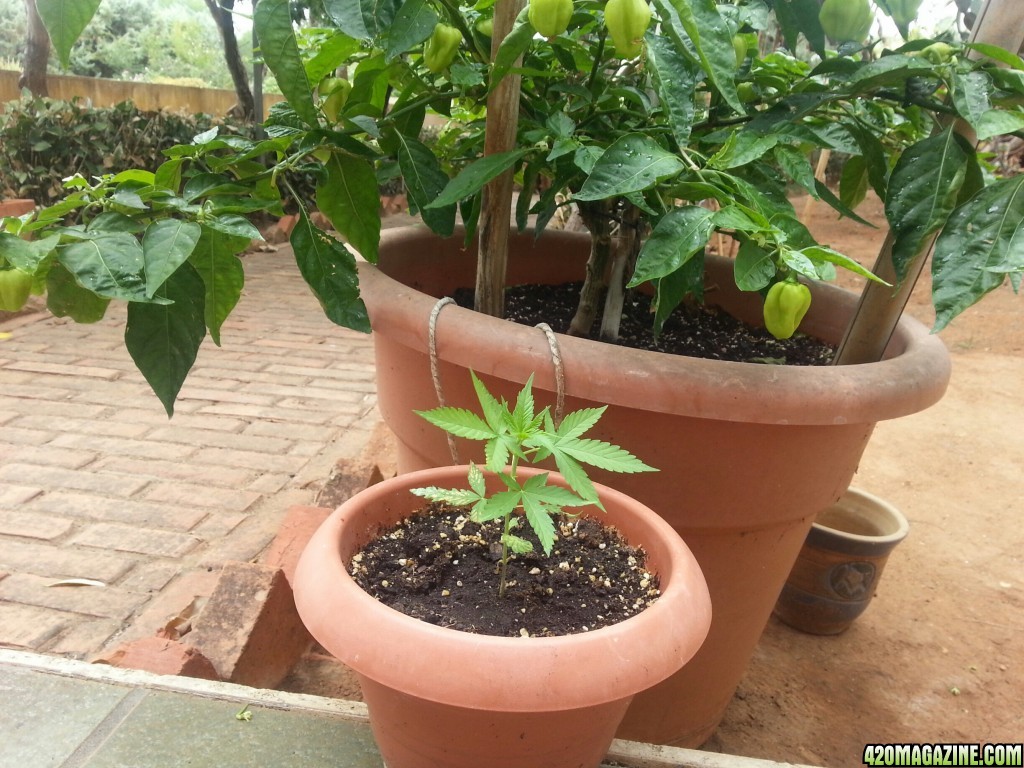
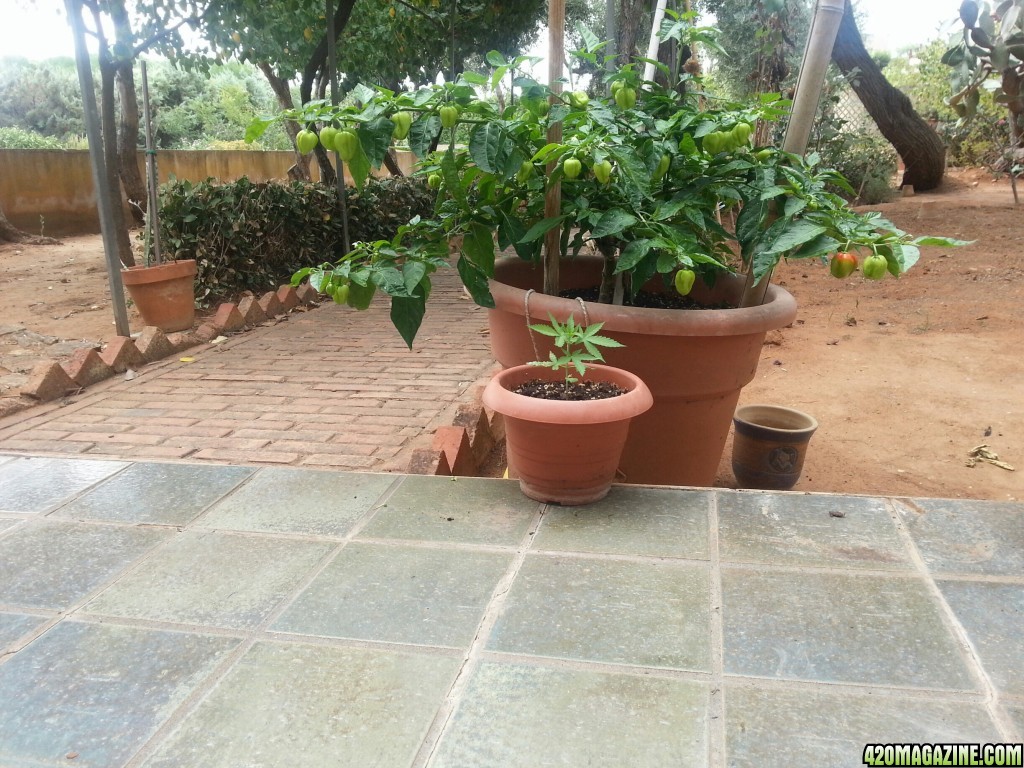
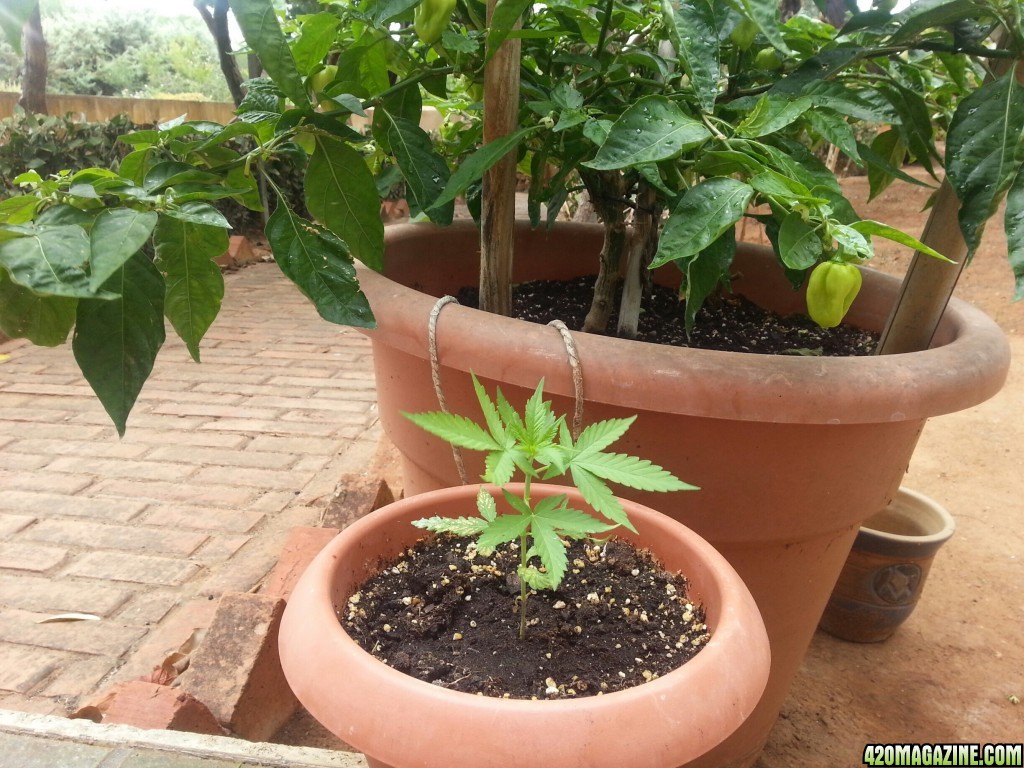
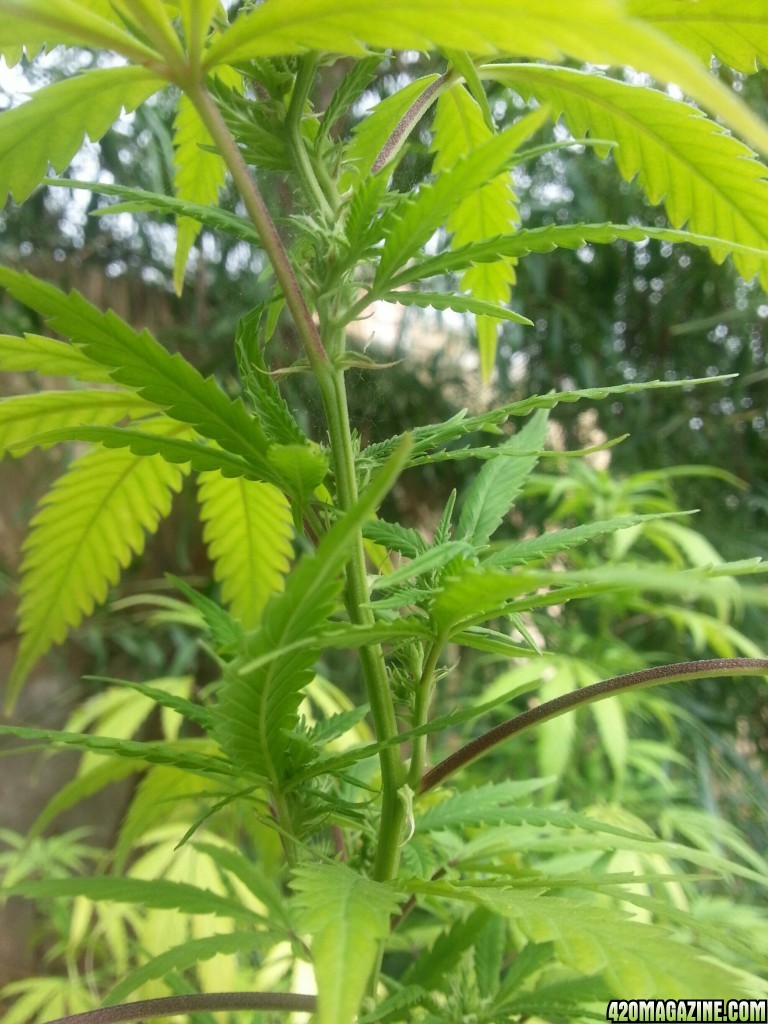
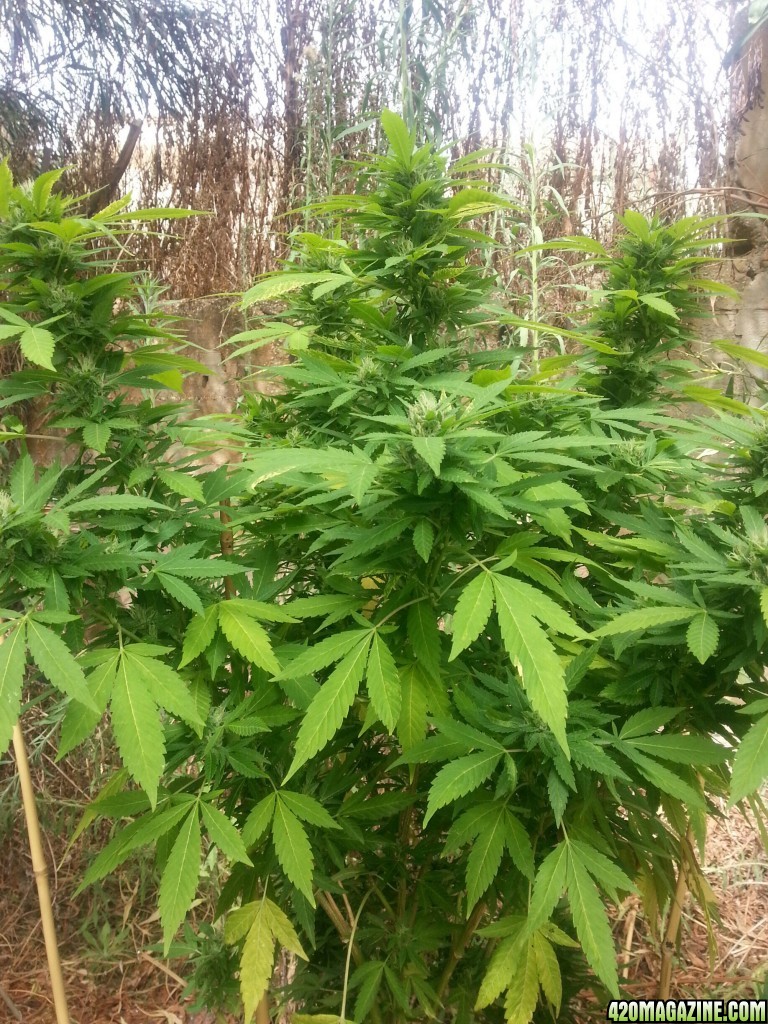
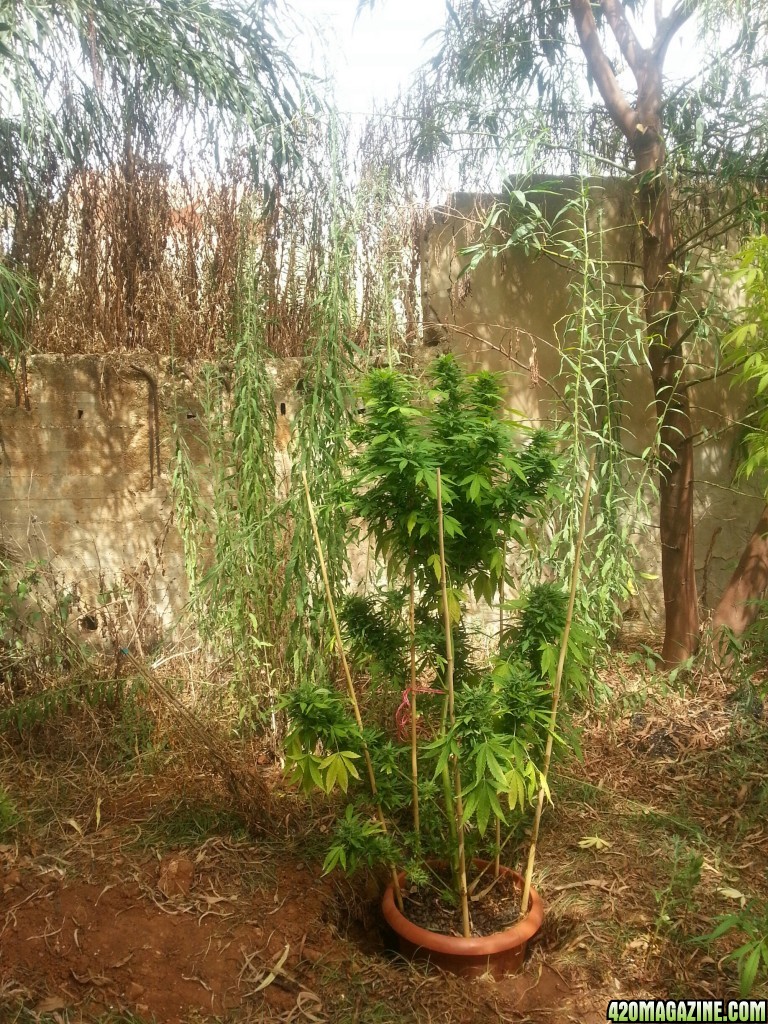
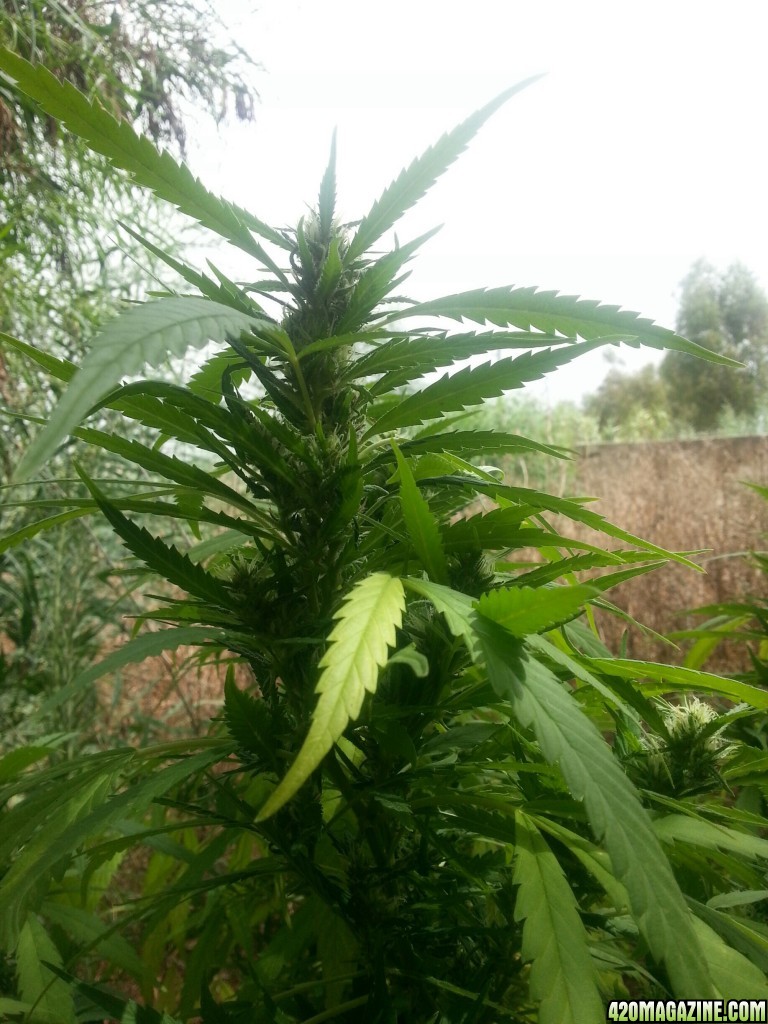
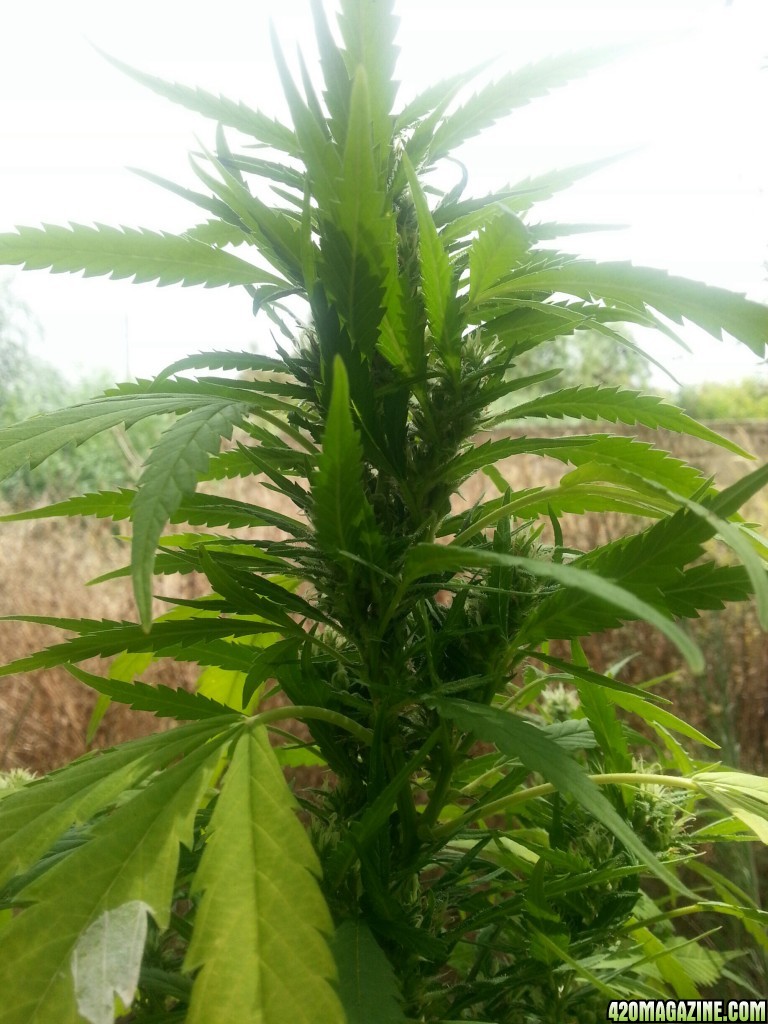
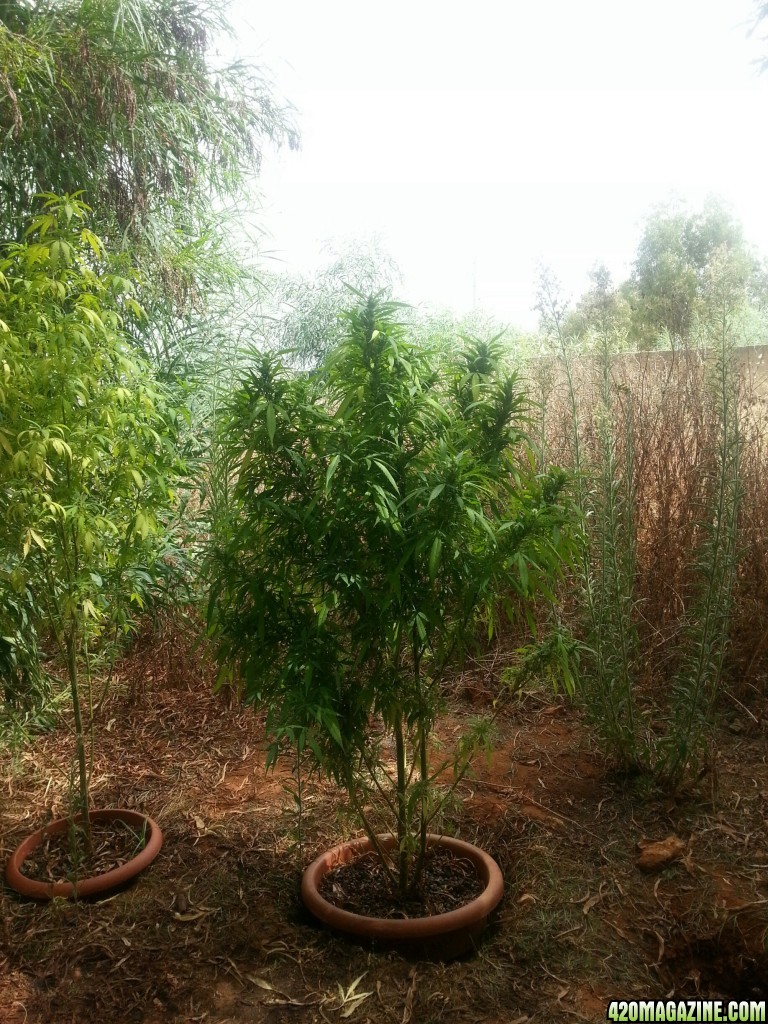
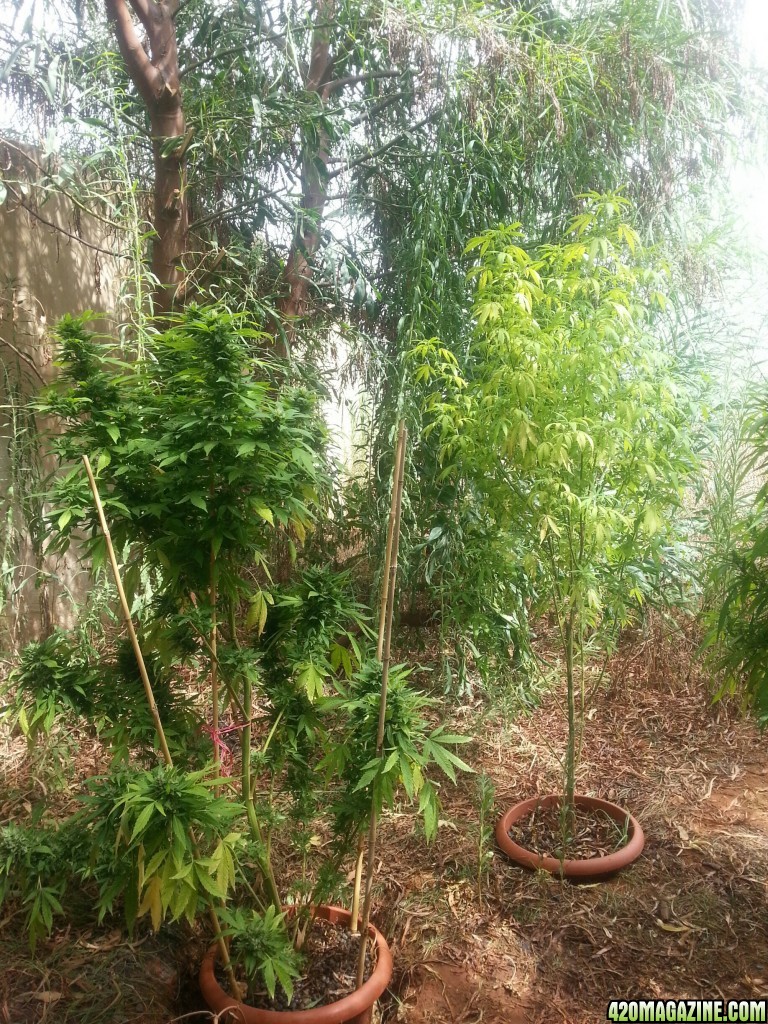

 Bapple. I was wondering if you had a specific link of your own or another member on your process of drying via brown bag method.
Bapple. I was wondering if you had a specific link of your own or another member on your process of drying via brown bag method. 
